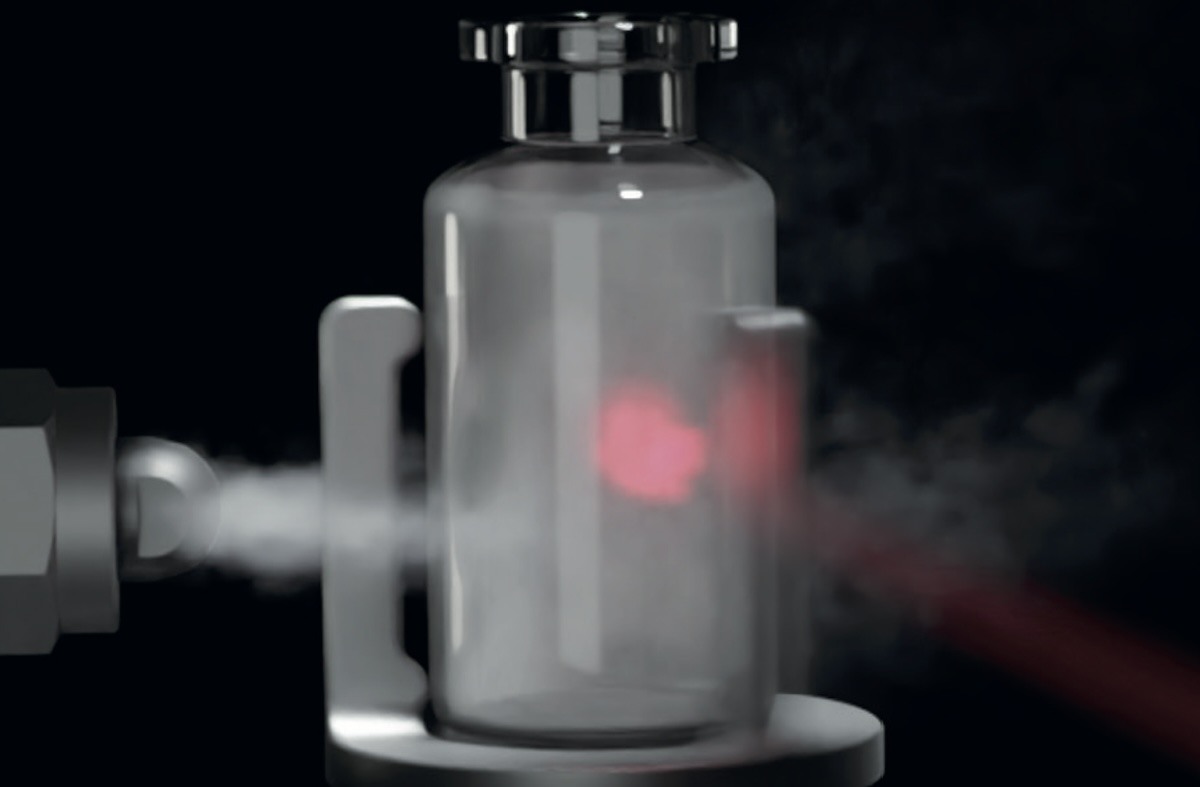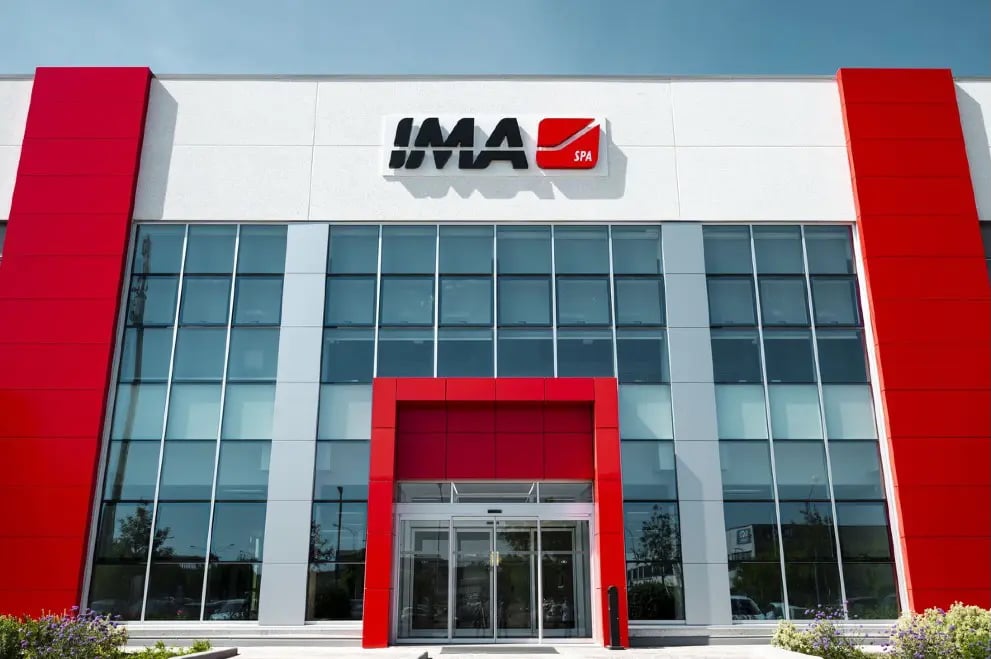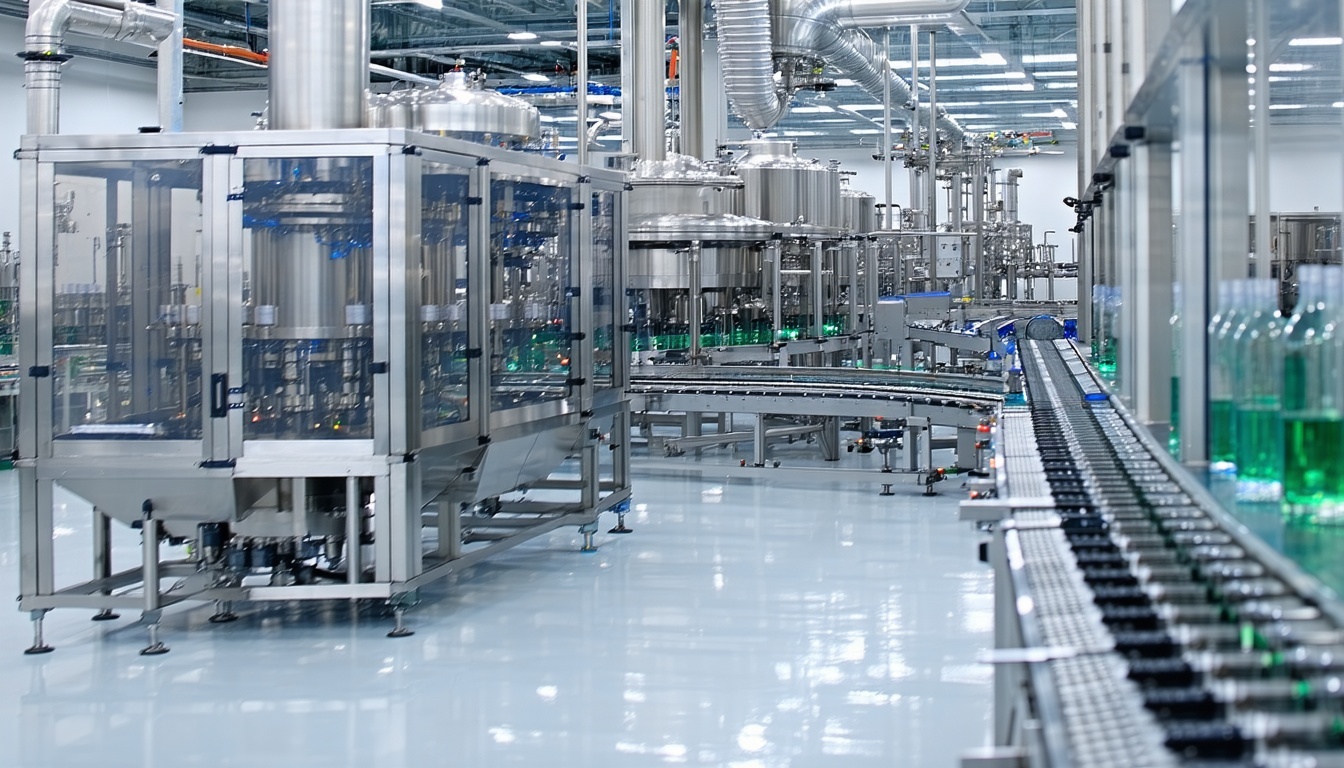Understanding Spin-Freezing Technology
Spin-freezing technology is a revolutionary method in the field of continuous freeze-drying. Unlike traditional freeze-drying, which involves static freezing and drying stages, spin-freezing introduces a dynamic approach. The process involves rapidly rotating vials along their longitudinal axis while a sterile, cold gas is directed onto the formulation. This action creates a thin product layer on the inner vial wall, significantly increasing the surface area for drying.
The primary advantage of spin-freezing is the accelerated freezing and drying times. Traditional freeze-drying can take days to complete, but spin-freezing reduces this to just a few hours. This efficiency is critical for pharmaceutical production, where time and product integrity are paramount.
The RheaLyo™ System: Revolutionizing Freeze-Drying
The RheaLyo™ system, developed by RheaVita, is at the forefront of continuous freeze-drying technology. This system leverages the principles of spin-freezing to enhance the efficiency and effectiveness of the freeze-drying process. The RheaLyo™ system includes specialized equipment that ensures optimal conditions for freezing and drying each vial.
A key feature of the RheaLyo™ system is its use of individual infrared heaters. These heaters provide precise radiative energy transfer, facilitating rapid sublimation and desorption during the drying phase. The result is a uniform and consistent drying process, crucial for maintaining product quality and stability.
By integrating spin-freezing with advanced control systems, the RheaLyo™ system offers a significant improvement over traditional batch freeze-drying methods. It allows for continuous processing, reducing downtime and increasing throughput, which is essential for large-scale pharmaceutical manufacturing.
Process Analytical Technologies (PAT) in Continuous Freeze-Drying
Process Analytical Technologies (PAT) play a critical role in the continuous freeze-drying process. PAT tools, such as near-infrared (NIR) spectroscopy and thermal imaging, are used to monitor and control critical process and product parameters at the level of each individual vial. This real-time monitoring ensures that the process remains within defined parameters, guaranteeing product quality and consistency.
NIR spectroscopy, for instance, provides detailed in-line information about several quality attributes, including residual moisture content.
The integration of PAT in the RheaLyo™ system exemplifies the sophisticated approach to continuous freeze-drying. By providing continuous feedback and allowing for real-time adjustments, PAT ensures that each vial is processed under optimal conditions, enhancing the overall reliability and efficiency of the freeze-drying process.
The Benefits of Spin-Freezing Over Traditional Methods
Spin-freezing offers several advantages over traditional freeze-drying methods. The most significant benefit is the reduction in processing time. Traditional freeze-drying can take several days to complete, whereas spin-freezing can reduce this to just a few hours. This efficiency is particularly beneficial for pharmaceutical production, where time is a critical factor.
Another advantage is the uniformity of the drying process. Spin-freezing creates a thin product layer with a large surface area, leading to more consistent and efficient drying. This uniformity is crucial for maintaining the quality and stability of pharmaceutical products.
Furthermore, spin-freezing reduces the risk of product degradation. The rapid freezing process minimizes the formation of large ice crystals, which can damage the product's structure. By preserving the product's integrity, spin-freezing ensures that the final product retains its efficacy and safety.
Recent Industry Trends and Patents
The pharmaceutical industry is increasingly embracing continuous manufacturing technologies, and spin-freezing is at the forefront of this trend. Recent patents highlight the innovations and advancements in this field. For instance, RheaVita holds several patents related to their continuous freeze-drying technology, including methods for controlled freezing and thawing of pharmaceuticals and advanced control mechanisms using infrared metrology.
One notable patent, WO2018033468 A1, focuses on the feedback control of radiant heat supply, ensuring that the product remains safely below critical temperatures. This innovation provides an additional safety margin, enhancing the reliability of the freeze-drying process.
The shift towards continuous manufacturing is driven by the need for greater efficiency, consistency, and scalability in pharmaceutical production. Spin-freezing technology, with its rapid processing times and advanced control systems, is well-positioned to meet these demands.
Future Prospects for Continuous Freeze-Drying Technology
The future of continuous freeze-drying technology looks promising, with ongoing advancements and increasing adoption in the pharmaceutical industry. Spin-freezing, in particular, offers a glimpse into the potential for even greater efficiencies and improvements in product quality.
As more companies recognize the benefits of continuous manufacturing, the demand for technologies like the RheaLyo™ system is expected to rise. The ability to process drug products quickly and consistently is a significant advantage, particularly for the production of biologics and other sensitive pharmaceuticals.
Moreover, the integration of advanced monitoring and control systems, such as PAT, will continue to enhance the reliability and efficacy of continuous freeze-drying processes. By providing real-time data and feedback, these technologies ensure that each vial is processed under optimal conditions, maintaining the highest standards of quality and safety.
In conclusion, spin-freezing technology represents a significant advancement in continuous freeze-drying, offering numerous benefits over traditional methods. With ongoing innovations and a growing industry focus on continuous manufacturing, the future of freeze-drying technology is bright, promising greater efficiencies, improved product quality, and enhanced scalability for pharmaceutical production.
Latests news





-1.png)
-2.png)




